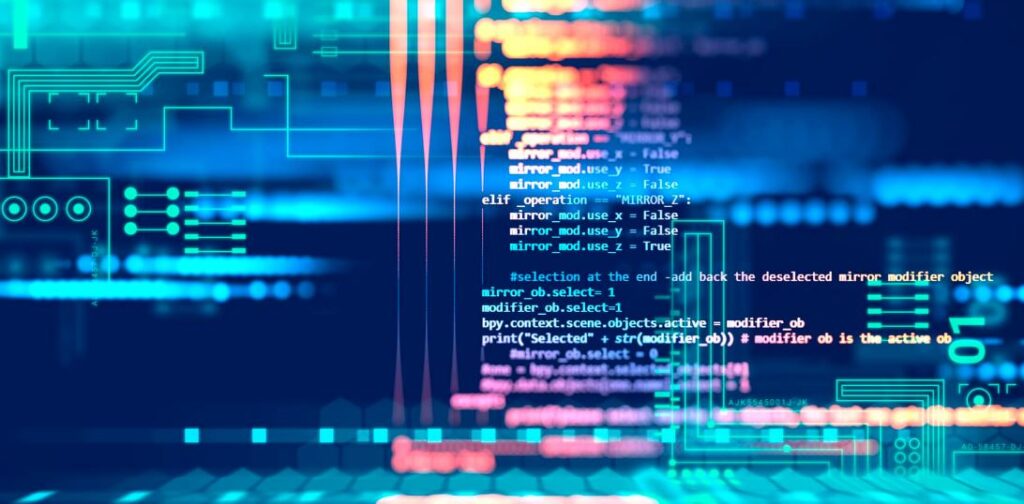What Is Programming?

When it comes to computers, programming refers to the act of developing and constructing an executable computer program in order to complete a certain job. To do this, the programmer must write code in one or more programming languages in order to carry out certain activities, find solutions to issues, or accomplish objectives that have been established by the programmer.
The following are some examples of the numerous things that are made possible by programming in our lives:
- During the process of browsing a website in order to get information, get in touch with a service provider, or make a purchase, programming enables you to interact with the on-page features of the website. These elements include buttons for signing up or making a purchase, contact forms, and drop-down menus.
- The code that is included inside a mobile application may make it simple for you to order meals, monitor your fitness, access media, and do a variety of other tasks.
- A variety of software applications, including those for information storage and automation, as well as video conferencing solutions that link individuals all over the world, are examples of the ways in which programming may assist organizations in operating more effectively.
- Through the use of programming, space exploration is made feasible.
How Does Computer Programming Work?

To put it simply, programming is the process of instructing a computer on what to perform. Code, which consists of letters, numbers, and other characters, is the first thing that a programmer generates. The next step is for a compiler to transform each line of code into a language that a computer is able to comprehend. After that, the computer will examine the code and then run it, which will result in the completion of a task or a series of tasks. Changing the font of a portion of text or showing an image on a website are both examples of tasks that may go into this category.
The process of computer programming involves a number of processes that are designed to convert human instructions into a format that can be executed by a computer including the following:
1. Problem Analysis: Understanding and identifying the issue that needs to be addressed is the first stage in the process. Among these considerations is the specification of the requirements and restrictions of the program that is intended.
2. Algorithm Design: The solution to a problem may be represented by a formula or a step-by-step technique known as an algorithm. Before beginning to write the real code, it is necessary to lay out the organization and flow of the program.
3. Writing Code: Using a programming language, programmers are responsible for writing the code. The instructions that are included inside this code are what inform the computer what to perform. The programming languages Python, Java, C++, and JavaScript are all examples of various programming languages.
4. Compiling/Interpreting: It is necessary to convert the code that was written in a high-level programming language into machine language, also known as binary code, so that the personal computer’s processor can carry out the instructions. A compiler (for languages that are compiled, such as C++) or an interpreter (for languages that are interpreted, such as Python) is the one that does this task.
5. Testing: During testing, any problems or flaws in the application are identified and fixed. To complete this procedure, you will need to execute the program and see whether or not it acts as anticipated.
6. Debugging: When faults are discovered during testing, debugging is carried out in order to detect and fix the problems that have been discovered. In order to locate the origin of mistakes and find solutions to them, debugging tools and methods are of great assistance.
7. Deployment: After the application has been tested and improved upon, it is then made available for usage. It is possible that this will require installing the software on the computers of the users, uploading it to a web server, or distributing it via app stores.
8. Maintenance: In order to address newly discovered issues, include new features, or adjust to new surroundings, programs often need continual maintenance. This phase guarantees that the software will continue to operate appropriately throughout the course of time.
Conclusion
Defining issues, developing solutions, writing code, and translating that code into a form that the computer can execute are all components of the process of computer programming. This is accomplished via iterative procedures of testing and debugging, which allow programs to be modified and maintained so that they can carry out their intended duties in an accurate and efficient manner.
Read more:- How to Get Started in Computer Programming? (Lession-2)

Hi, I’m Narinder Kumar, founder of BlogsBuz.com. I create articles and generate celebrity biographies, providing verified, up-to-date content. As an SEO expert and online tools creator, I also share practical tips on making money online, finance management, blogging, and passive income. My mission is to provide accurate information and keep you away from fake content, ensuring you stay well-informed and make smart decisions online.


I don’t think the title of your article matches the content lol. Just kidding, mainly because I had some doubts after reading the article.
🌟 Discover BlogsBuz.com! 🎉
Your ultimate hub for the latest celebrity news, trending entertainment stories, and exclusive behind-the-scenes scoops — all in one place! 🔥
👉 Stay updated! Subscribe now and enable notifications to never miss a new post, viral trend, or breaking entertainment update.
💌 Enjoying our content? Show some love! Share BlogsBuz.com with your friends and help us grow into the #1 destination for entertainment fans around the world. 🚀